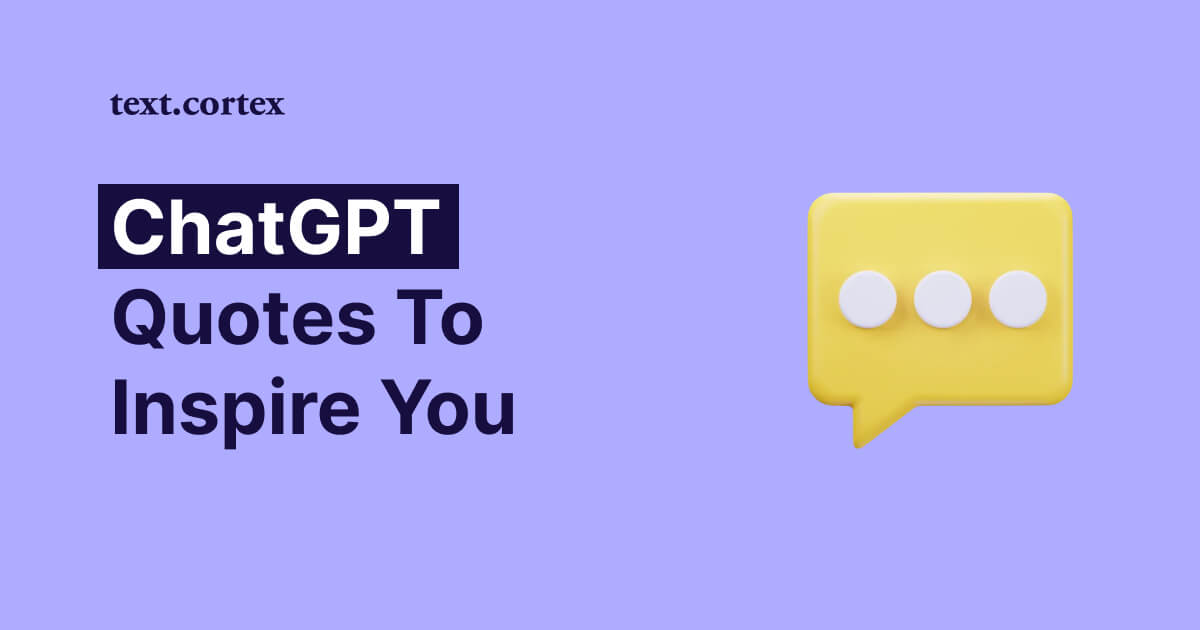It's hard to believe that the ChatGPT phenomenon is still strong and shows no signs of dying out.
Some numbers we recently investigated are evidence of that.
In that spirit, some people may wonder, "What's in it for marketers?" beyond its conversational features.
And given its widespread usage, it's a reasonable query.
In this tutorial, you'll learn how to use ChatGPT in marketing, including various promotional purposes, such as content creation, email advertising, and social media promotion.
We'll also provide helpful ChatGPT prompts that you can use to accomplish your marketing objectives.
Stay tuned!
TL;DR
- ChatGPT is OpenAI's GPT-3.5-based language model that mimics human conversation using natural language processing.
- Learn ChatGPT's capabilities and limitations.
- Understand how to use ChatGPT features to: Get marketing objectives, clarify your goals, create new campaigns, change the brand's tone, generate social media posts, repurpose content for the newsletter, and design blog ideas.
- ChatGPT is a free tool, but often unresponsive in high demand.
- If you've wondered if ChatGPT has writing alternatives, Zeno ChatGPT is one of them.
What is ChatGPT?
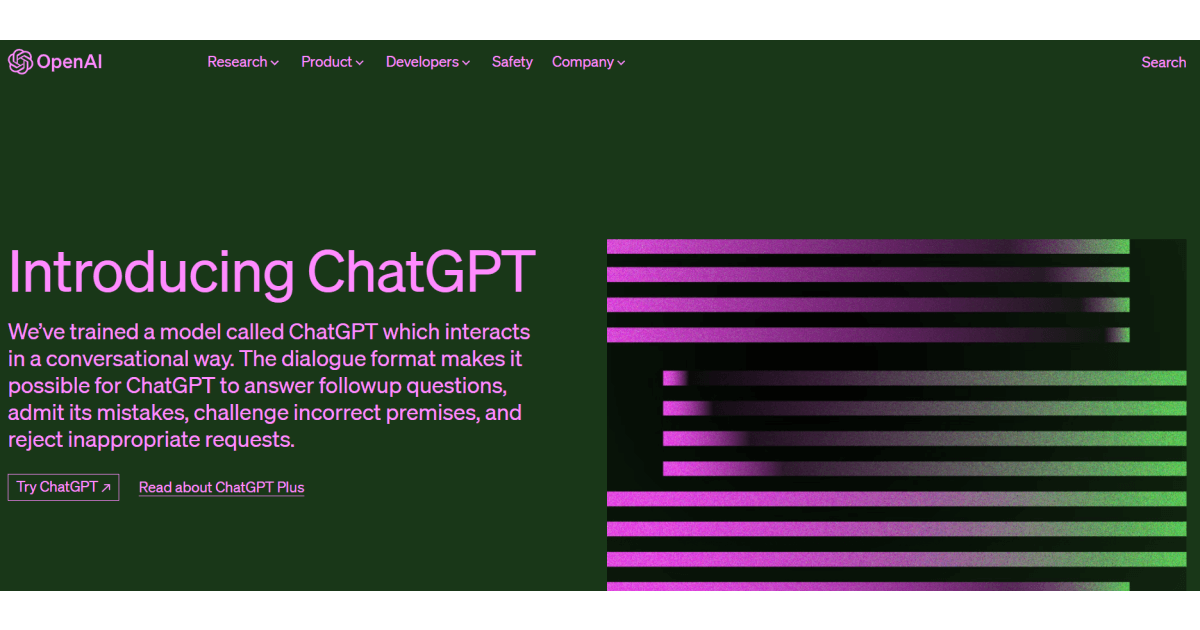
OpenAI's ChatGPT is a massive language model built on the GPT-3.5 framework.
Its purpose is to imitate human conversation using natural language processing to provide answers to a wide variety of questions and cover a wide range of topics.
The ChatGPT model is one of the most advanced language models available today because it is constantly refined by being exposed to new data.
In other words, ChatGPT can process input that you write in natural language and return results that are accurate and make sense.
ChatGPT gained its popularity mostly because people can use it in many contexts, such as language translation, virtual assistants, and customer service.
While all of that is impressive, it should be evident that the ChatGPT tool isn’t without flaws (yet).
Let’s examine its capabilities and limitations.
ChatGPT Capabilities & Limitations
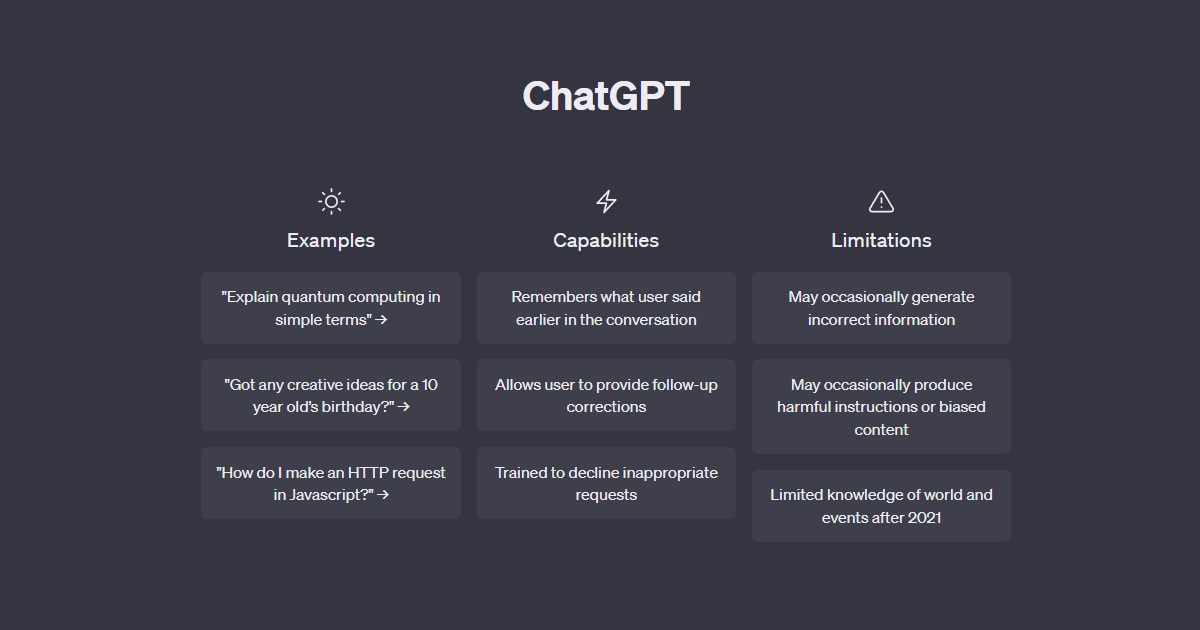
ChatGPT Capabilities
The most fundamental features of ChatGPT that we are aware of are as follows:
✔️ NLP — Can converse with users using natural language input.
✔️ Human-like responses — Generates relevant and coherent responses, making it seem like a human is talking to the user.
✔️ Answering questions — Provides answers to questions on science, technology, history, literature, and more.
✔️ Providing recommendations — Analyzes user preferences and recommends products, services, and content.
✔️ Generating creative content — Creates user-prompted stories, poems, and articles.
✔️ Translating languages — Translates text in 95 languages, making it useful for cross-language communication.
✔️ Personalizing conversations — Can remember previous conversations with users to personalize interactions.
ChatGPT Limitations
As per its limitations, here is the list of what not to expect when interacting with ChatGPT:
⛔ Common sense — It is incapable of understanding sarcasm or irony. This can lead to unhelpful responses.
⛔ Facts — ChatGPT uses the internet when generating responses, which could be biased or inaccurate.
⛔ Same performance on complex topics — ChatGPT can answer many questions, but it may have trouble with more complicated topics that need a deeper understanding.
⛔ Personal relationship — As a computer program, ChatGPT can't get to know its users on a personal level. It can answer in a personal way, but not in an emotional way.
⛔ Images and videos — ChatGPT is a language model and may struggle to understand visual information like images and videos.
Once you understand how ChatGPT functions, it can provide immediate assistance with just about anything.
Let's examine how to use ChatGPT in marketing and learn how to employ its features to their full potential.
ChatGPT in Marketing — Guide + Examples
As a marketer, your schedule is probably jam-packed.
And it's common knowledge that coming up with interesting material that will interest the targeted readers is the most time-consuming aspect of the work.
It's fun to do it, but it takes a lot of energy, time, and perfection.
This is where AI writing assistants, such as ChatGPT, come in.
For the purpose of guiding how to use ChatGPT in marketing, we'll use a new product launch illustration.
The good news is that complete novices can use it effectively right away.
Let’s start!
1. Get Feedback On Basic Requirements for Your Objective
Most seasoned business marketers will find that meeting specific objective minimum requirements is child's play.
They've done it a million times before, so there's no point in training an AI to do it, right?
However, novices may find it challenging to define the most crucial part of the task — "Where to start?"
ChatGPT’s ability to provide immediate answers in great detail, has actually attracted so much attention to the tool.
Let's say you've decided to start an Ad campaign.
To get started you can write a ChatGPT prompt that sounds something like this:
- How to start an advertising campaign?
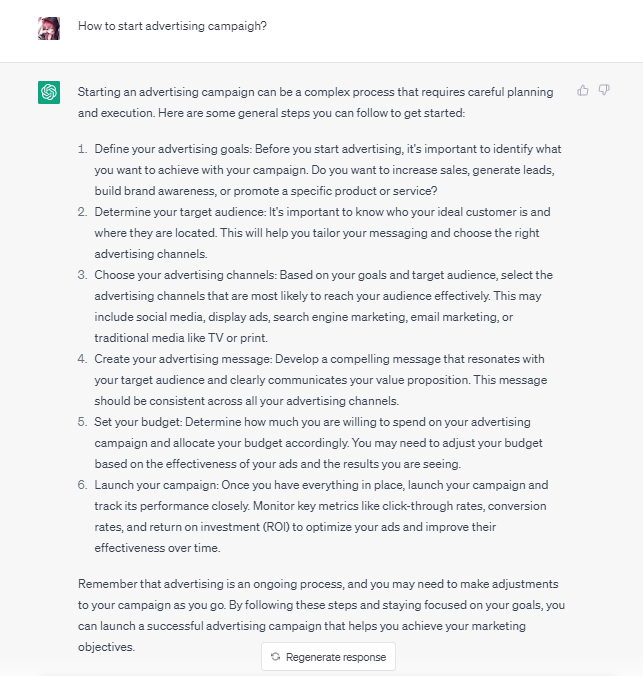
You can see that I misspelled something while making this screenshot. By chance?
Actually, no.
I hoped to prove that ChatGPT is not case-sensitive by using this method. It doesn't need perfect grammar - it can still figure out what your request is about.
2. Define Your Goals in More Detail
Now that you know where to begin, navigating ChatGPT to offer more assistance is a breeze.
There is a different level of detail needed for each goal, right?
If you're having trouble narrowing down your objectives and would benefit from concrete examples, definitions, and explanations, you can use ChatGPT to generate more information for your ideal query.
Let’s use a step from the previous example to see how that works.
I have asked ChatGPT to help me create an advertising goal for my brand.
Here is the result.
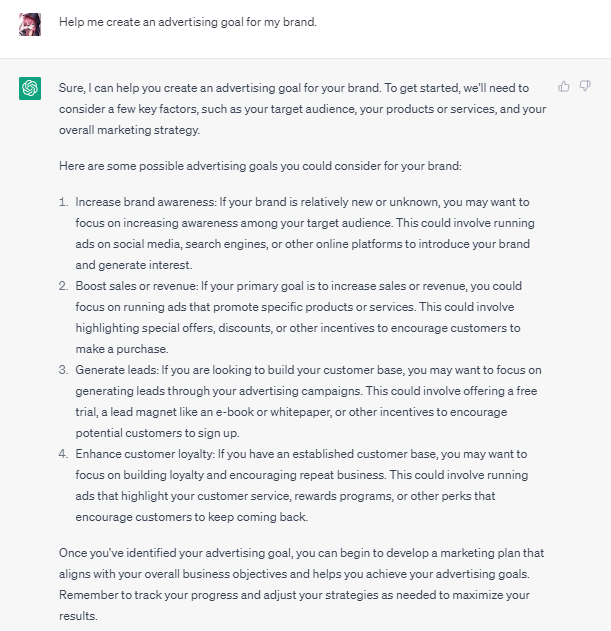
Here are some more prompt ideas to guide ChatGPT to provide more advanced information for a specific query:
- How to create a brand message?
- How to define a budget I need for an advertising campaign?
- Can you provide me with a table output of necessary steps of an advertising campaign?
- What is the most crucial step when starting an advertising campaign?
- What should I be aware of when starting an advertising campaign?
Ok, now you’re ready to move to the next step — how to use ChatGPT in marketing to generate various content forms.
3. Create a Brand Message For New Campaign
Although there is a wide variety of content types that marketers typically employ to promote their offerings, I aimed to get things rolling with a straightforward brand message.
Why?
The right brand message should be timeless, unforgettable, and original.
Businesses can benefit significantly from brainstorming concepts and building momentum that increases the likelihood of producing content that can be used in many ways to generate revenue.
And guess what?
ChatGPT is great at it, for 2 reasons:
- It can produce content based on a set of keywords, and
- It can create the same output in a variety of tones to achieve the desired effect on the target audience.
I’ll show you both.
Let’s first start with a prompt that can help you come up with a brand message for something like a new line of headphones called SpaceRocket.
- I need a brand message for launching a new headphone product called SpaceRocket that includes the following keywords: brave, sound, symphony
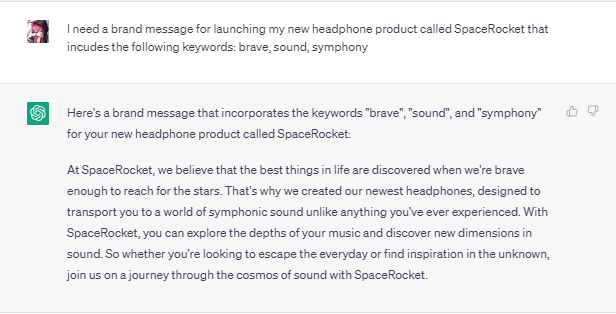
As you can see, the request is straightforward, much like the one I would make of a coworker who excels at coming up with original and brilliant ideas.
You can experiment with different prompts that include various product categories, different sets of keywords, and even extra details like color, shape, and size.
And, as promised, here is the fun part — tweak the generated output into a different tone of voice, but keeping the original meaning of the message.
Adjust the Tone of Your Brand Message Accordingly
Using the same conversation, I have requested that the ChatGPT rephrase its output into a more urgent and exciting voice.
You don't need to overthink this process. Your only job is to:
- Give instructions on what to do (rewrite, summarize, alter the tone, etc.)
- Include relevant information
Here's a quick illustration of what I mean:
- Can you write that in a more urgent and exciting manner?
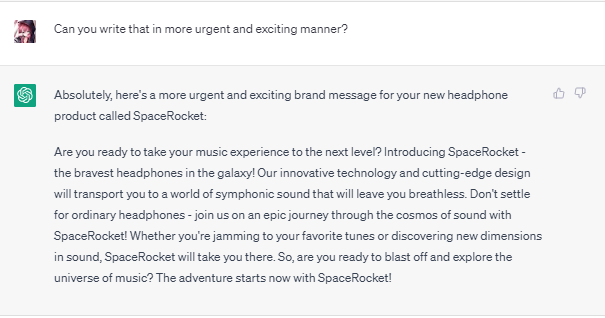
Same message in the tone of voice that actually draws attention. Works for me!
4. Create Social Media Post for New Product Launch
Now that we have a brand message for launching a new product, it makes sense to develop a strategy for creating social media post that will resonate with this message.
By using the same chat, I have initiated the prompt that specifies:
- Content type
- Platform
- Product name
- Specific demographics
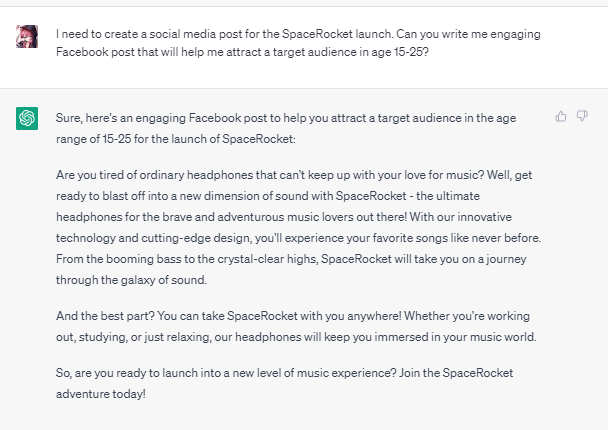
To be clear, this was the list of demands I made.
Adding more specifics to your planned social media post is an excellent way to up the ante.
Include anything readers of this social media post might find helpful and relevant.
If you're still unhappy with the results, you can try again with a new response or modify your original request by providing more context or details.
5. Repurpose Existing Content for Newsletter
One of the best features of ChatGPT is its capacity to repurpose generated responses into various forms of content.
This beneficial marketing strategy enables you to reuse current content rather than produce new one.
Following the theme of this guide, I asked ChatGPT to create an engaging newsletter using the generated output from a previous social media post.
Here is the prompt I chose:
- Can you repurpose this post into a newsletter campaign?
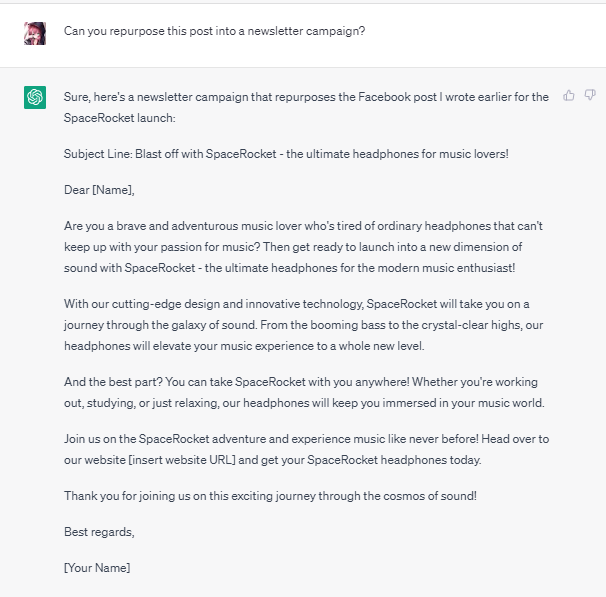
You can use a different content form to repurpose the existing output including prompts such as:
- Generate for me a tweet post from this output
- Write me an outline for a blog post on this topic
- Create a Quora question out of this output
If you can precisely define a request and instruct ChatGPT to generate responses in the format you require, the possibilities are practically endless.
6. Use Conversational History to Get Blog Post Ideas
We've reached the section that most of you were waiting for. Can and how we use ChatGPT to make blog posts?
My response will be short: "No."
Long-form post-generation for more extended outputs in a single strike is currently impossible in ChatGPT. Not in the way you're looking for, anyway.
The program can, however, write effectively on your behalf:
- Blog Headlines
- Blog Introduction
- Blog Outlines
- Blog Conclusions
- Details about individual parts of the article
The following is an example of the ChatGPT output for a blog post about the chat topic "Launching new SpaceRocket headphones":
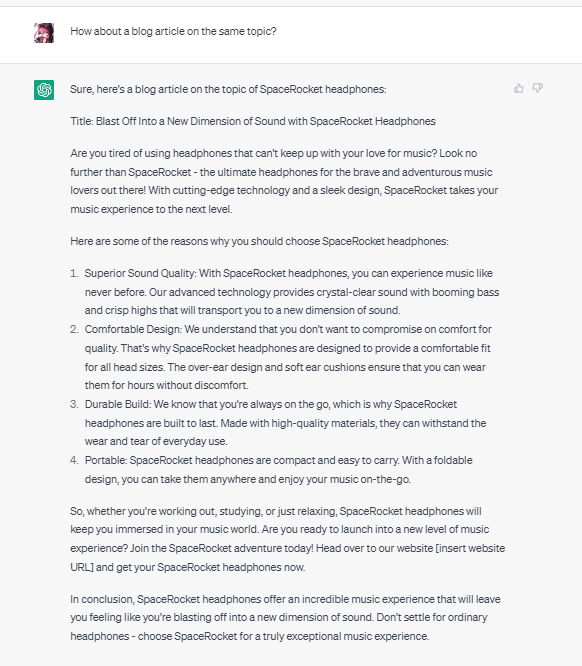
This doesn’t mean that you can’t use ChatGPT to generate your blog articles, though. To create particular sections of the article, you'll need to select different prompts.
Here are some ideas on how to start:
- Create some title ideas for a blog article using the keyword [Specify keyword]
- Write for me an outline for an article topic [Topic name]
- Write for me an article section on the topic [Topic name]
- What are the pros and cons of [Specify subject]
- Write for me a conclusion on article topic [Topic name]
Also, if you need to use any of the paraphrasing techniques to tweak your content, just specify which paragraph or sentence you need to modify.
Here is an example of prompts you can use:
- Summarize for me the following paragraph
- Rewrite for me the following sentence
- Write this text into more formal tone of voice
- Translate this output in German language
I think you've probably noticed by now that I didn't need to emphasize specifics within the same conversational chat query for ChatGPT to generate content.
This is the most useful feature it has because it fits in perfectly with the request's context.
ChatGPT Pricing
ChatGPT is a free tool.
However, when there is a lot of demand, it is typical to be unresponsive.
You'll need a premium plan, which starts at $20 per month, to avoid the majority of bugs with the free version and get priority access to new features and the generation of the GPT-4 model.
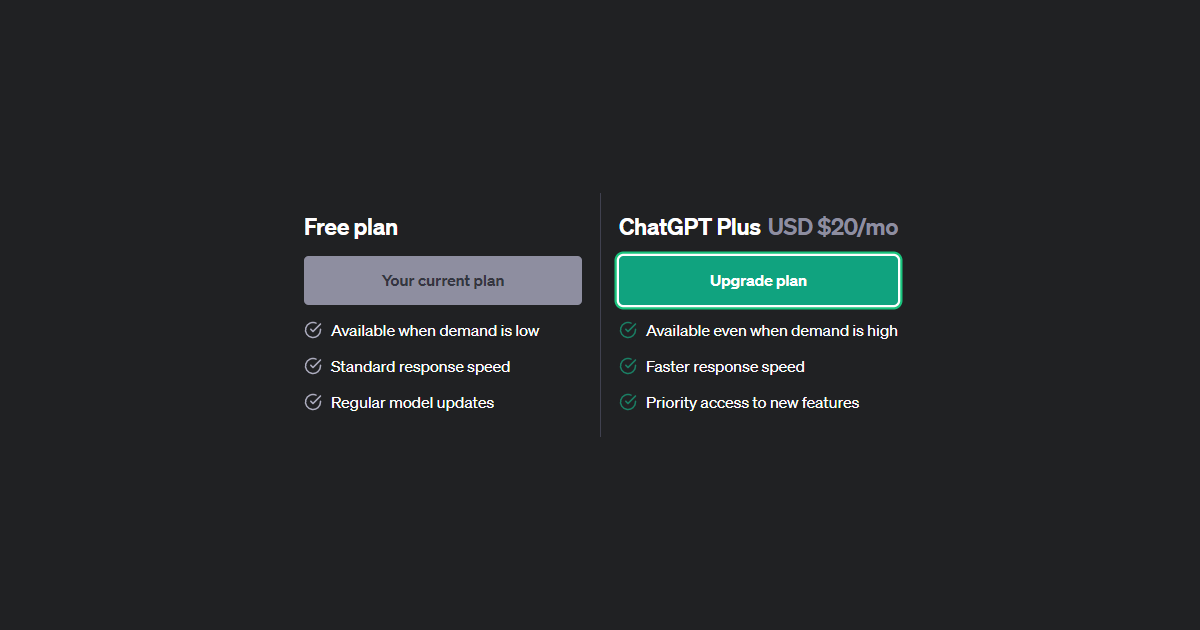
Zeno ChatGPT — ChatGPT Alternative With Advanced Writing Capabilities
ChatGPT in marketing has the potential to revolutionize the way many different types of content creation jobs are done.
But, as a professional writer, it is not my preferred choice when it comes to meeting the many demands of the content-generation process.
This is due to a lack of the following capabilities:
- A Chrome add-on that gives me quick access to many different kinds of text editors.
- Quick to generate, but limited in the types of answers it can produce (it will rather list the response instead of producing an article-like output).
- In terms of data accuracy, it often can be unreliable and require fact checking.
As such, if you've ever pondered whether or not ChatGPT has viable alternatives that may provide a more pleasant writing experience, the answer is "There are."
Zeno ChatGPT extension is one such tool.
What is the Zeno ChatGPT Extension?
Zeno ChatGPT is a Chrome extension developed by TextCortex that includes several tools for writing, rewriting, and AI-generated content creation.
It offers the following set of options:
🔥 Rewriting toolbar — Rewriting menu that includes features such as rewrite, summarize, tone changing, autocomplete, long-form post, translation, etc.
🔥 Creator Suite — A set of 60+ carefully categorized AI templates that can help you create copies for blog, landing page, ecommerce, Ad campaigns, etc.
🔥 ZenoChat — Conversational AI assistant that responds to various different requests in the similar way ChatGPT does.
As an added bonus, this extension provides a Readability checker, Brainstorming features, Voice-overs, and many more convenient capabilities to suit all your writing needs.
Furthermore, the Zeno ChatGPT extension successfully integrates with 2000+ different online platforms and is capable of communicating in 25+ different languages.
Tempted to test it out?
Sign up today to claim 10 free daily creations and meet the comfortable side of content creation for all your marketing efforts.

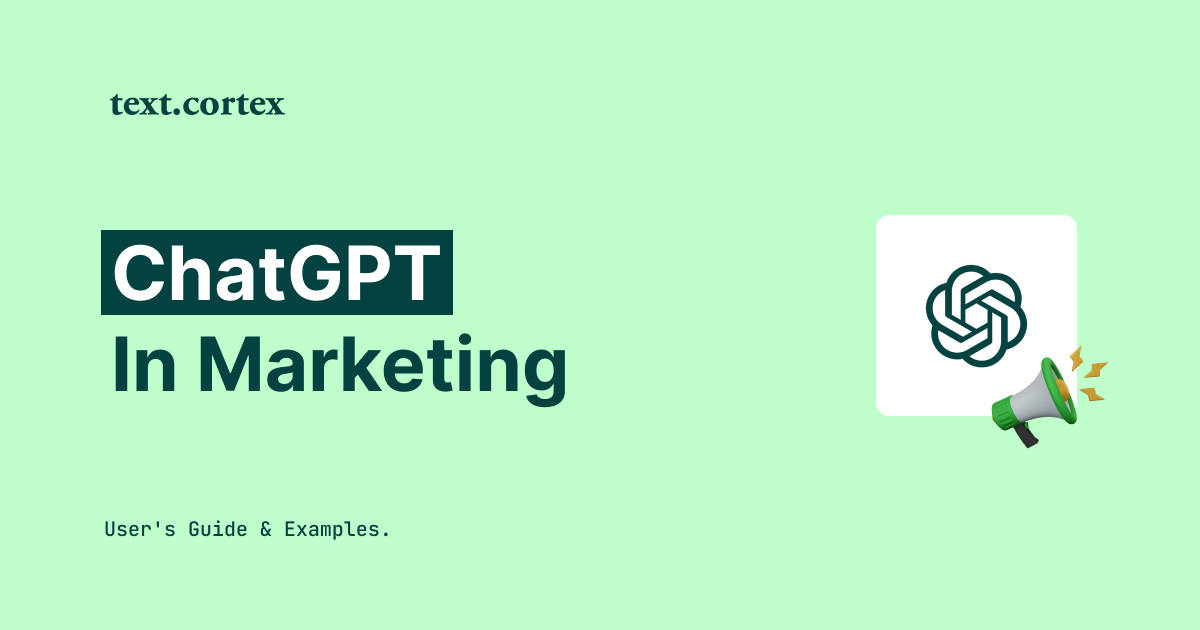
%20(3).png)

.png)
